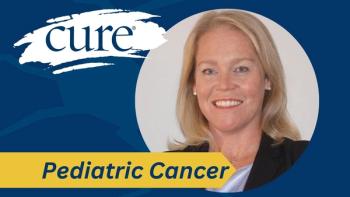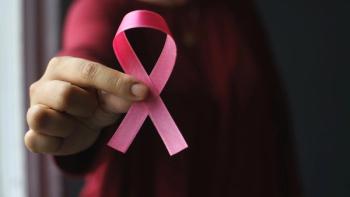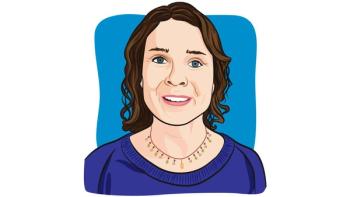
The Ultimate Male Breast Cancer Advocacy
A male breast cancer survivor asks, “How far are we willing to go for our cause?” He describes the advocacy work of two women who lost loved ones to male breast cancer.
I suspect that most of us with cancer have a personal interest in our particular disease. Not long after my diagnosis of breast cancer in 2014, I began to search the Internet in hopes of finding some other men in a similar predicament. Back then the odds of contracting male breast cancer were about 1 in 1,000 with only about 1,400 new cases being reported. Sadly, those figures have increased in these last seven years. This year 2,650 men are expected to be diagnosed with the disease, and the lifetime risk of guys being diagnosed with breast cancer is now about 1 in 833.
Becoming an advocate for male breast cancer awareness has been the single most rewarding part of my own survival. It seems to me that when we expand the parameters of our drive to survive through an offering of support and camaraderie to others, we reciprocally reap the benefits of our activism.
Men helping men is a powerful brotherhood lending support and encouragement to one another. But we are few, representing less than 1% of all breast cancer cases. If you look at global statistics, breast cancer in men doesn’t even make the list of the top 30 male cancers. So the question becomes, what do we do when our voices are lost in the tangle of those most visible diseases?
Cheri Ambrose, the co-founder of the Male Breast Cancer Coalition, and Pat Washburn, the global ambassador for the group, came up with a plan of action. Cheri lost a dear friend to male breast cancer and Pat’s husband died after a brief battle with the disease.Neither of them wanted to see one more man succumb to what is often a preventable deadly outcome, and they went to work for us guys in a surge of advocacy that has a lot of people – men and women – taking note.
Today, as I write these words, they are traveling throughout the United States in a month-long driving tour through forty American cities, advocating for men with breast cancer. Advocating for people like me.
It’s hard to miss their 2014 custom-painted Dodge Dart displaying a likeness of Washburn’s husband on the hood, as well as the coalition logo, painted blue and pink ribbons, and the message: “Breast cancer does NOT discriminate. MEN TOO.”
These dedicated and inspiring women are taking advocacy to a whole new level and America is paying attention. Throughout their tour so far, they have garnered front page headlines and television interviews as they tirelessly spread the news. And the message is simple, yet profound. Yes, men do indeed have breasts and we do get breast cancer.
Naturally, the sort of advocacy demonstrated by Cheri and Pat takes a special kind of commitment and a remarkable resolve to plan and execute. As for the rest of us, perhaps inspired by what we see that can be done on a grand scale, we can find our own personal way to become advocates for change or awareness or action. And no action is too small or insignificant when it comes to lending support or mending spirits or saving lives.
As for me, just another one of the 2,650 men who will be diagnosed with breast cancer this year, I carry a debt of gratitude for people like Cheri and Pat and for all those who give of themselves to advocate on our behalf. Thank you.
For more news on cancer updates, research and education, don’t forget to




